Looking to eat out in Japan? But not sure what options are available? In this article, we introduce the different types of restaurants you can find in Japan and what they serve. Also, find out what the proper dining etiquette is when eating in restaurants in Japan. Whether it’s traditional Japanese food or Western-Japanese fusion, you’ll be ready to traverse the gourmet road when you’re done reading this article.
Table of Contents
- What's it like eating in a restaurant in Japan?
- What types of restaurants are there in Japan
- Types of Restaurants in Japan
- Family Restaurant
- Izakaya
- Shokudo
- Cafe
- Fast Food
- Buffet
- Food Court
- Specialty Restaurants in Japan
- Donburi
- Teishoku
- Sushi
- Noodles
- Kaiseki Ryori
- Other
- Takeaway
What’s it like eating in a restaurant in Japan?
What can you expect from eating out in Japan? We’ll introduce some of the characteristics of dining in restaurants in Japan.
Free Water in Japanese Restaurants

Almost all restaurants in Japan provide drinking water for free as a sign of hospitality. A glass of usually chilled or iced water is either served to you by waiters/waitresses, or can be requested at the counter or available as self-service.
Some places provide tea in lieu of water, or even options for both. When tea is provided, it’s not necessarily going to be green tea, any type of tea may be served including barley tea (mugicha), jasmine tea, and soba tea.
For countries where water in restaurants is not free, being served a cold glass of water for free feels like a huge blessing.
10% Consumption Tax in Japan for Dining-in
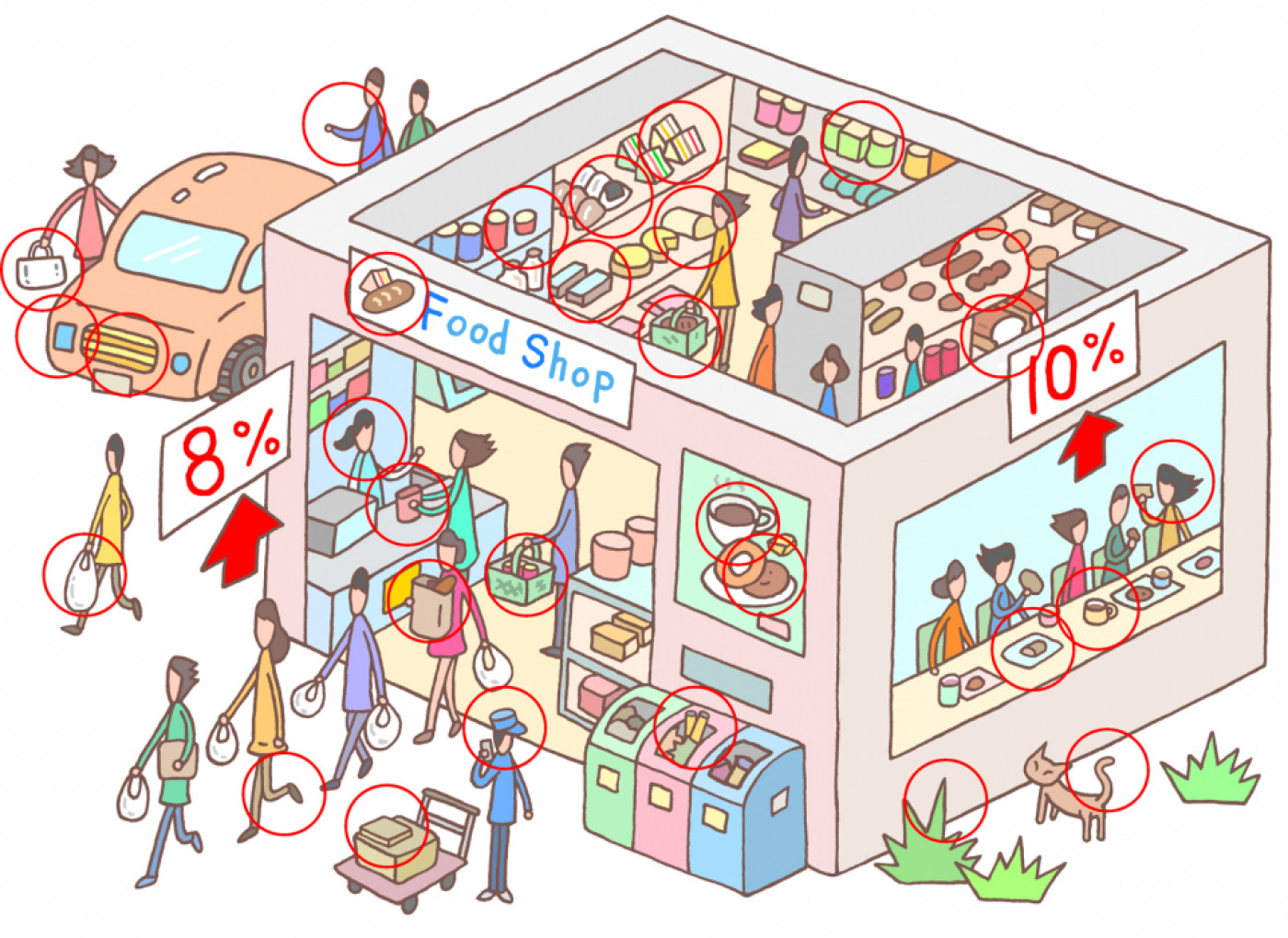
On 1 October 2019, the consumption tax in Japan was raised from 8% to 10%. At the same time, an exception was made for certain consumptions which would be taxed at a reduced rate of 8%. This was a huge source of confusion for eateries as depending on what type of service is provided, a different tax rate would apply. As a result, helpful guidelines were established.
For the purpose of this article, all you need to know is that the consumption tax rate for dining in restaurants is 10%, whilst takeouts and food deliveries are 8%.
※ The Japan Chamber of Commerce and Industry, “今すぐ始める軽減税率対策飲食店向け” Pg 5
Cleaning Up After Yourselves

This is common courtesy and dining manners when eating at mainly food courts and fast food restaurants in Japan. Some places may even require you to separate your trash and empty your plate/bowl in the rubbish bin before returning the tray and utensils.
You might be confused whether the place you are eating at requires you to clean up after yourselves. The best way to figure it out is by observing other customers or checking the place out for a tray return area marked by the words “Tray Return” in English or 「返却口 henkyakuguchi」in Japanese. A dust cloth (雑巾 zoukin) might be available there too in case you need to wipe up spills.
Where to pay in a Japanese restaurant? At your table or at the cashier?

Putting aside places where you pay when you order, where should you clear your food and drinks bill after finishing your meal in a restaurant. This can be quite confusing as different places have different systems.
As a rule of thumb, if an order bill is given to you at your table (after you order or after your orders have been fulfilled) then bring the bill to the cashier to complete payment.
If no bill is provided, then calling the waiter/waitress for the bill and completing payment at your table is the norm.
There are exceptions however where no bill is provided at the table but you will need to go to the cashier and let them know your table number, or the bill is given to you but with a sign please pay at your table.
-
Dine with Grace: Essential Phrases When Eating in Japanese Restaurants
-
Cost Managemen: Learn How to Reduce Food Expenses While in Japan
Ticket Vending Machine
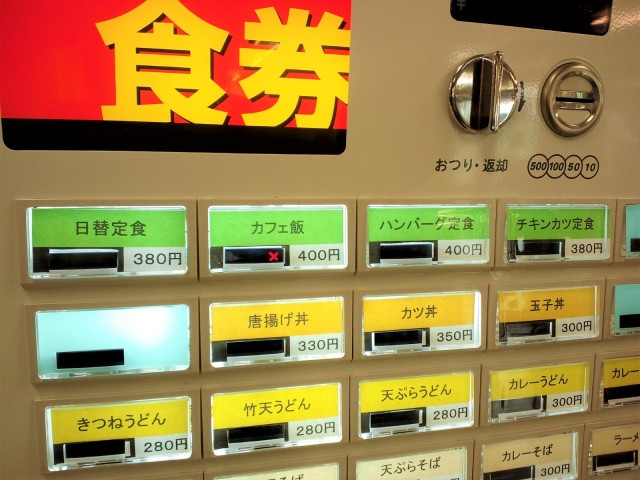
Food ticket vending machines (食券機 shokkenki) are common sights at certain restaurants in Japan. Most notably ramen shops but also other places. Cash is only accepted by these machines. After inserting our machine, pick your item and a food ticket will be issued. Remember to get back change if any. Enter the shop and pass your ticket to the staff who will prepare your order. Easy right?
Writer's Pick
What type of restaurants are there in Japan?
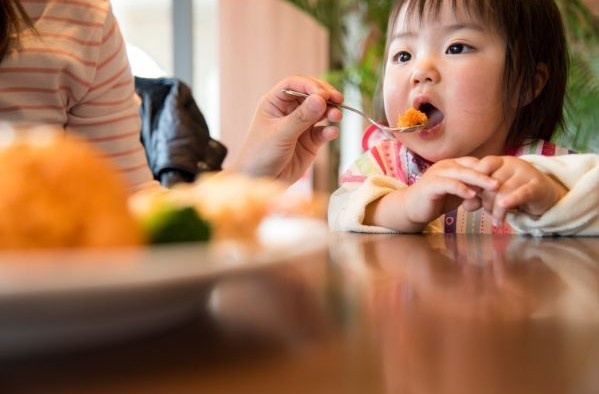
People often talk about not just what they want to eat but also where they want to eat, so it makes sense to learn the different types of places you can get food in Japan. Different places operate differently, some places are more self-service types whilst some cater to customers every need. Some places have a more casual and relaxed atmosphere allowing casual wear and boisterous talking, whilst some value poise with a formal setting.
In this article, we divide Japanese restaurants into 2 very broad categories of
“Types of Restaurants” like Izakaya or Buffet Restaurants, and
“Specialty Restaurants” that provide a specific type of cuisine or food item.
Types of Restaurants in Japan
Family Restaurant ファミリーレストラン
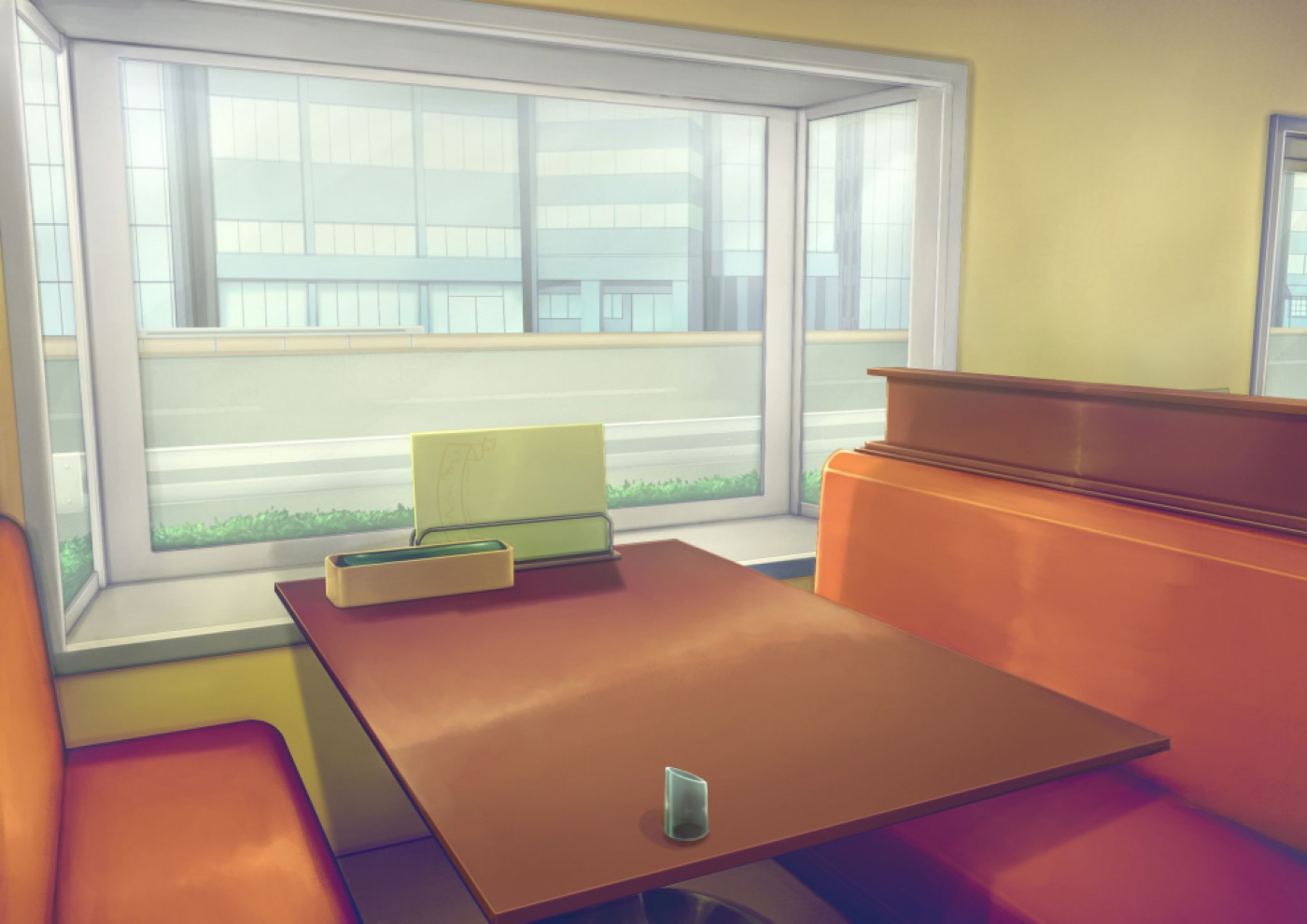
The closest thing to an American diner, family restaurants in Japan are more commonly referred to as famiresu (ファミレス) for short. As its name implies, family restaurants cater to all ages but especially families.
Family restaurants in Japan are characterized by being open 24 hours a day, having a freeflow drinks bar, an expansive menu of both Japanese and Western food choices, and is affordable to cheap. Lunch time is particularly busy at family restaurants that almost always offer cheap and delicious lunch sets.
A common sight at family restaurants are students studying as they enjoy the benefits of free wifi and unlimited drink refills. You can also see families with children, at ease even if their kids are boisterous and noisy thanks to the restaurant’s casual and welcoming atmosphere.
Family Restaurants in Japan:
-
Saizeriya
-
Jonathan’s
-
Denny’s
-
Bikkuri Donkey
-
Gusto
-
Royal Host
and more.
Izakaya 居酒屋
Izakayas are casual Japanese pubs that offer alcohol, beer snacks, and food that goes well with alcohol. They are a huge part of nightlife in Japan. Fridays and weekends are especially busy in izakayas when salarymen unwind at the end of the week with a drink or enjoy nomikais (drinking sessions).
Popular izakaya chains do exist but there are also plenty of stand-alone izakayas as well. A table charge that comes with appetizer called 「お通し otooshi」is commonplace in izakayas. Many izakayas only open from the evening (generally 5pm) till the morning, but there are also some that open for lunch (around 11am to 2pm).
Izakaya Chains in Japan:
-
Miraizaka
-
Yoronotaki
-
Uotami
-
Watami
-
Tengu
-
Torikizoku
-
Isomaru Suisan
and more.
Shokudo 食堂
Shokudo has many meanings and can be translated into cafeteria, canteen, dining hall, and even dining room. Cafeteria and canteen are not accurate words to describe how a Japanese shokudo looks like. Shokudo are casual dining restaurants that are usually small family businesses offering simple home-cooked Japanese meals. Menus vary but typically include Japanese curry, udon, donburi, and teishoku (set meals).
Shokudos can usually be found near train stations, in neighbourhoods, and tourist destinations. When visiting a part of Japan, dropping by a Shokudo is a good idea if you want to try authentic local delicacies or「名物 meibutsu」(local specialties).
Cafes or Coffee Shops カフェ・喫茶店・珈琲店

Coffee shops or cafes are called 「カフェ kafe」,「喫茶店 kissaten」, or「珈琲店・コーヒー店 koohiiten」in Japanese. Japanese cafes operate just the same as any other coffee shop in the world, with the exception of Japan only menu items like:
-
Red Bean Toast (Ogura Toast)
-
Fruit Sandwich
-
Katsu Sandwich
and more.
Some coffee shops are practically restaurants serving set meals and hot food like pasta, freshly-made pancakes, Japanese curry rice, and elaborate sandwiches.
Cafes in Japan:
-
Tully’s Coffee
-
Starbucks
-
Hoshino Coffee
-
Komeda’s Coffee
-
Doutor
-
Excelsior Caffe
-
Cafe Veloce
-
St. Marc Cafe
-
Pronto
and more.
Fast Food ファストフード
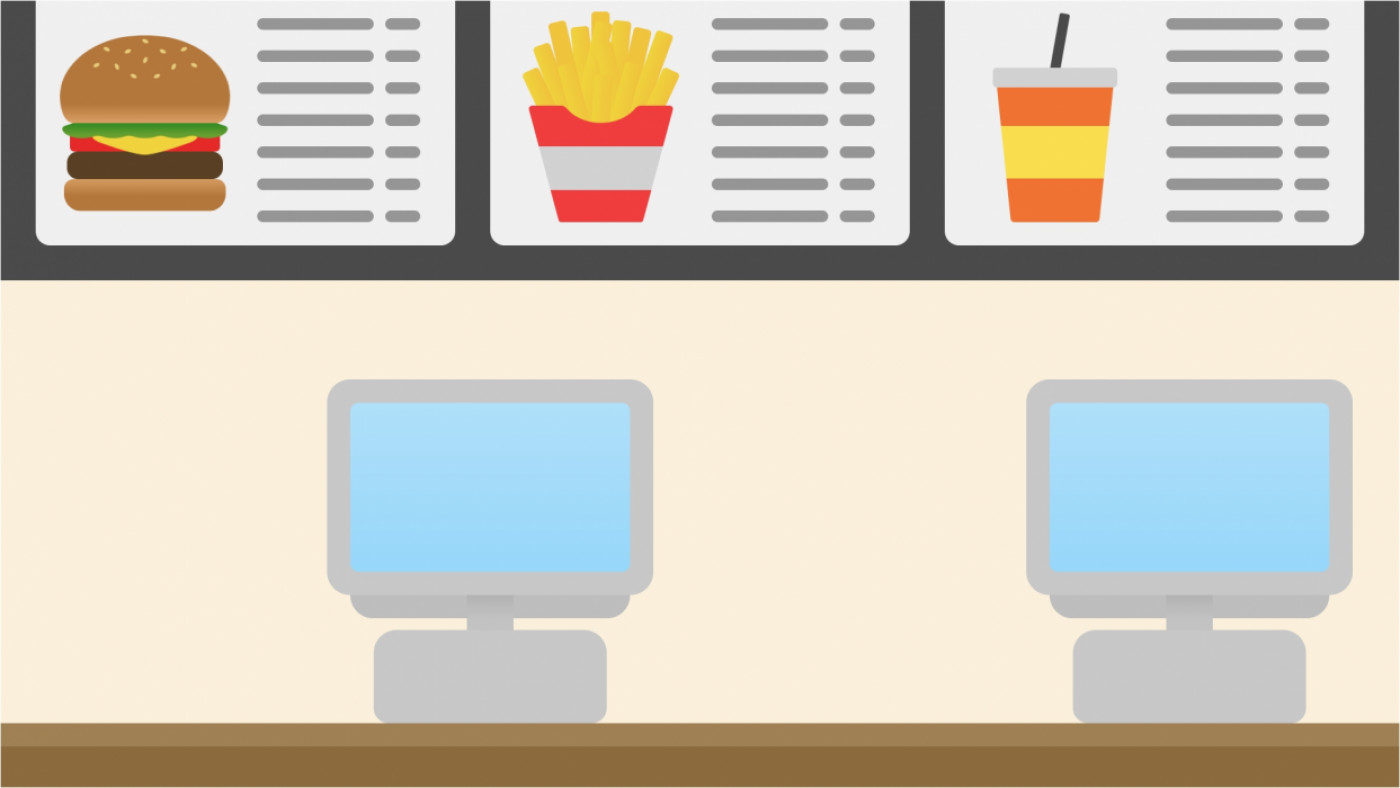
Restaurants where “food is served fast”, the concept of fast food is the same in Japan. However, aside from hamburgers, french fries and fried chicken like classic fast food restaurants KFC and McDonald’s, Japan also has healthier fast food restaurant options.
Yoshinoya and Matsuya, Japanese chain restaurants most famous for their gyuudon (beef rice bowl) are considered as fast food restaurants. Also considered fast food are Takoyaki (octopus balls), Onigiri (rice balls), Japanese curry, sandwiches, noodles, donburi etc. shops.
Fast Food Restaurants in Japan:
-
KFC
-
McDonald’s
-
MOS Burger
-
Freshness Burger
-
Burger King
-
Lotteria
-
Coco Ichibanya
-
Sukiya
-
Yoshinoya
-
Matsuya
-
Gindako
-
Subway
-
Tendon Tenya
-
Nakau
and more.
Buffet or Viking ビュッフェ・バイキング
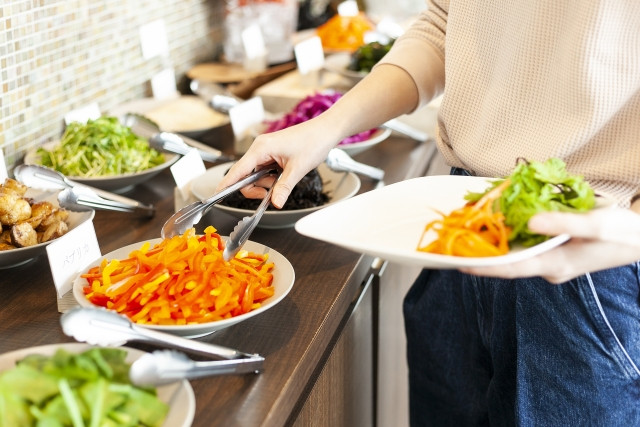
All-you-can-eat ordering systems are quite popular in Japan, especially 「飲み放題 nomihoudai」all-you-can-drink at izakayas and「食べ放題 tabehoudai」at shabu-shabu and yakiniku restaurants.
There are quite a few buffet restaurants in Japan, though they also call it Viking for some reason. Everything from bread to desserts, there’s all kinds of buffets in Japan.
Buffet Restaurants in Japan
-
Sweets Paradise
-
Bakery Restaurant St. Marc
-
Imperial Viking Sal
-
Viking Kuikui
-
Bittersweets Buffet
-
Assort
and more.
Food Court フードコート
Food courts in Japan can usually be found inside shopping malls, at Michi no EKi (道の駅 roadside stations), highway rest areas, and in airports. Food courts in Japan are an area where multiple food vendors set up shop providing many food & drink options for customers.
Food courts are self-serviced which means ordering and paying at the counter, getting a number, waiting your turn, and picking up your food when it’s ready. Don’t forget to clean up after yourself when you’re done. Drinking water dispensers and sinks to wash hands can be found as well.
Speciality Restaurants in Japan
Other than the above general type of restaurants, there are also many Japanese restaurants that focus on a particular type of food. These speciality restaurants’ names usually end in 「~屋 ~ya」meaning house, for example noodle house (men-ya 麵屋).
Donburi 丼

Donburi are rice bowls, donburi shops are called 丼屋 (Don-ya).
Famous donburi shops are Sukiya, Matsuya and Yoshinoya whose specialties are all Gyuudon (牛丼) or Beef Rice Bowl. These restaurants are also known as Japanese fast food restaurants (above). Donburi shops are fast yet healthier food options. Recently, Matsuya and Yoshinoya have also introduced salad dishes and “replace rice with salad” options in their menus for even healthier eating choices.
Teishoku 定食
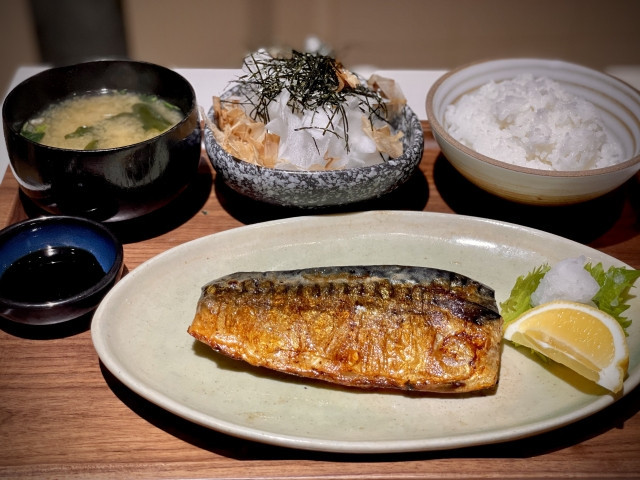
Set meal shops are called 定食屋 (Teishoku-ya). A nutritionally-balanced Japanese teishoku consists of one main dish, a bowl of rice, miso soup, and okazu (おかず side dishes) which are usually pickled.
Unlimited refills of rice, soup and/or okazu may be offered at Teishoku-ya. Look out for the words 「おかわり自由 okawari jiyuu」.
Teishoku-ya in Japan:
-
Ootoya
-
Yayoiken
-
Gyouza no Ousho
-
Matsuya
-
Tonkatsu Wako
-
Katsuya
and more.
Sushi 寿司
「寿司屋 Sushi-ya」are completely different from「回転寿司 kaiten sushi」.
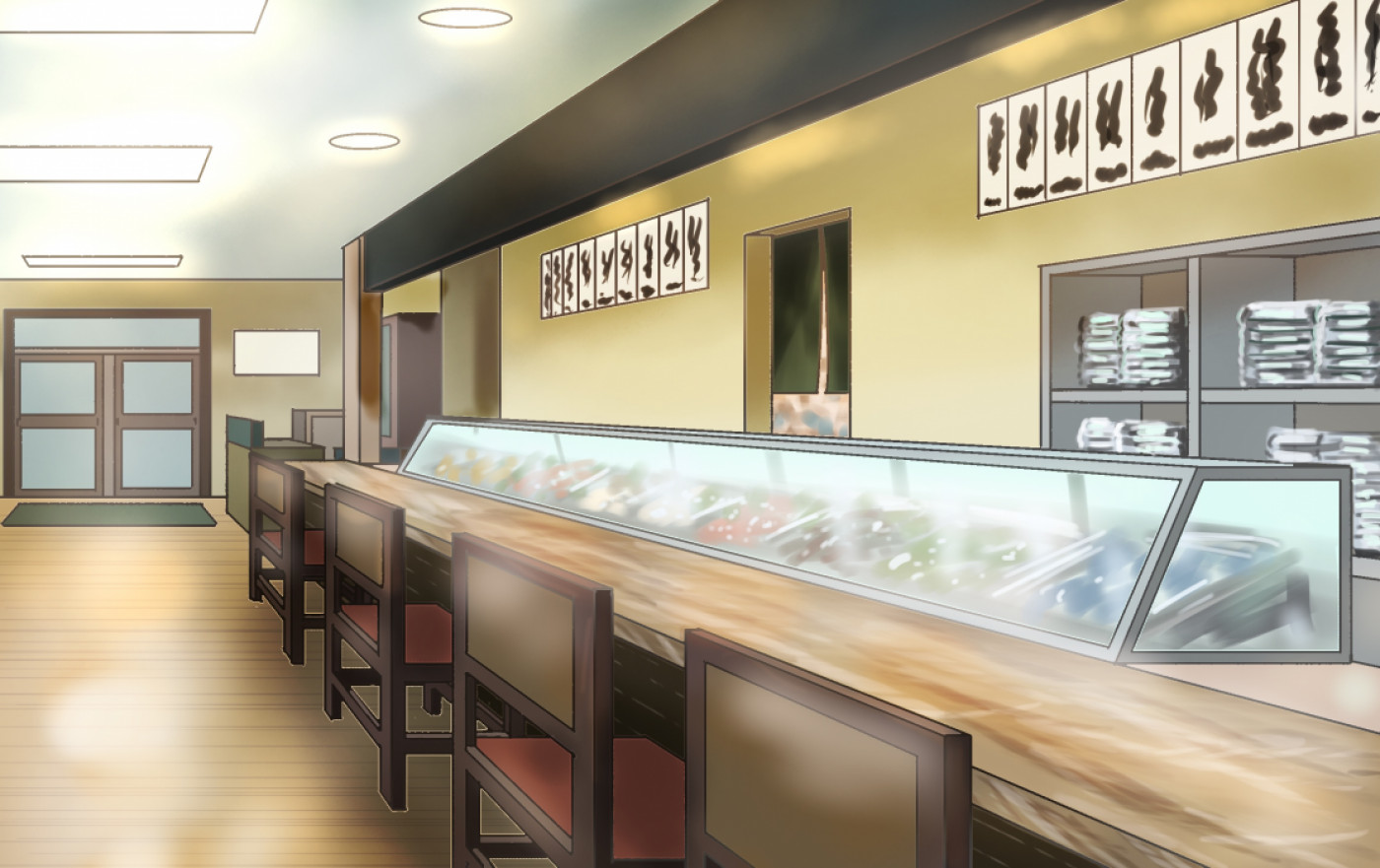
Sushi-ya, or sushi shops, have counter seatings for over the counter views and ordering access to the chef. Sushi-ya are almost more expensive with better quality and grade fish. There are sushi-ya that offer 「おまかせコース omakase course」where you leave the menu to the chef.
In comparison, kaiten sushi, or conveyor belt sushi, are affordable to cheap sushi restaurants. Booth-style seatings around the conveyor belt combined with individual conveyor belt side seats means minimal to no interactions with staff. Kaiten sushi places have wilder and more interesting sushi options than the more traditional sushis offered at sushi-ya.
The most famous Sushi-ya in Japan is Sukiyabashi Jiro, said to serve the best sushi in the world.
Kaiten Sushi in Japan:
-
Sushiro
-
Kura Sushi
-
Genki Sushi
-
Kappa Sushi
-
Hama Sushi
-
Sushi Choushimaru
and more.
Noodles 麵
With a wide variety of noodle dishes, it is only appropriate to have specialty shops for each kind.
Udon
Available hot or cold. Udon-ya (うどん屋) also offer tempura dishes and karaage to go with your udon. Complimentary spring onions and tenkasu are also provided as udon toppings. For some reason, inari (tofu sushi) is sometimes available at udon shops. Some trivia about udon, Kagawa Prefecture is known as the Udon Prefecture - Sanuki udon originated from there.
Soba
Available hot or cold. Soba-ya (蕎麦屋) specialises in soba noodles. Some soba restaurants may serve soba tea to go with your meal. Soba is considered more delicate than ramen or udon. Light delicate broths go best with soba.
Tsukemen
A summer version of ramen. Dip the cold noodles into the thick broth and slurp! Despite the noodles' separation from the broth, the chewier noodle texture and thicker broth coating gives it a stronger umami flavour than ramen.
Ramen
There are many variations of Ramen like Hakata Ramen, Hokkaido Ramen, Yokohama Ramen, and more. Ramen-ya can be further categorised into the types of Ramen they serve.
Kaiseki Ryori 会席料理
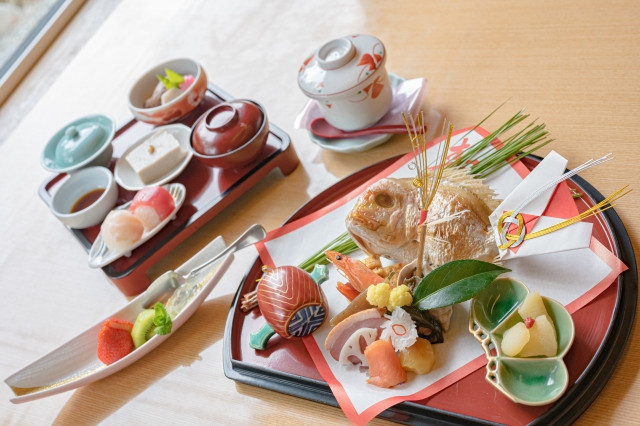
Similar to Western fine dining, Kaiseki Ryori is a high-class multi-course meal spanning 6 to 15 dishes depending on your establishment and selected course. The dishes are expertly prepared to please not only one’s taste buds but also one’s vision with intricate designs and careful placement. The entire meal is designed to fully encompass the best of the season and for each dish to complement another. A meal can cost up to 40,000 yen.
Others
There are many other specialty restaurants that you will notice as you travel around Japan - Unagi-ya, Kare-ya, Okonomiyaki-ya, Sukiyaki-ya, Teppanyaki-ya, Yakiniku-ya and more. The general idea is to slap the dish name in front of a -ya and there’s probably a restaurant for it.
Takeaway
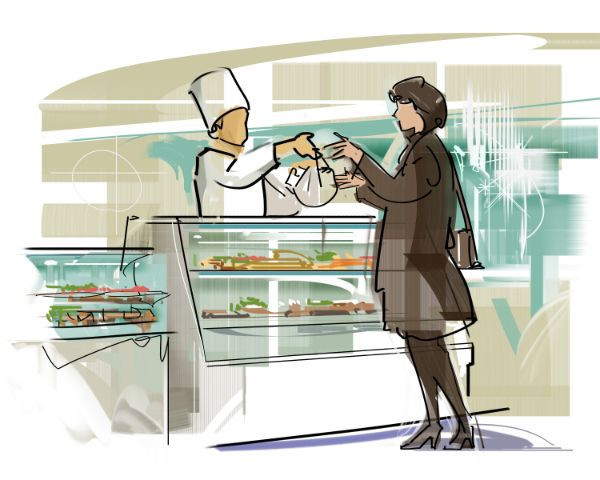
In this article, we’ve covered different types of restaurants where you can dine-in. But in Japan, there are also food establishments specialising in takeouts. Most department stores have a food area with many vendors selling food for takeout only.
There are also souzai-ten (惣菜店) that sell side-dishes, many people cook rice and make miso soup at home then buy these dishes to make it a full set meal. Convenient for a busy work day don’t you think?





















.jpg)













